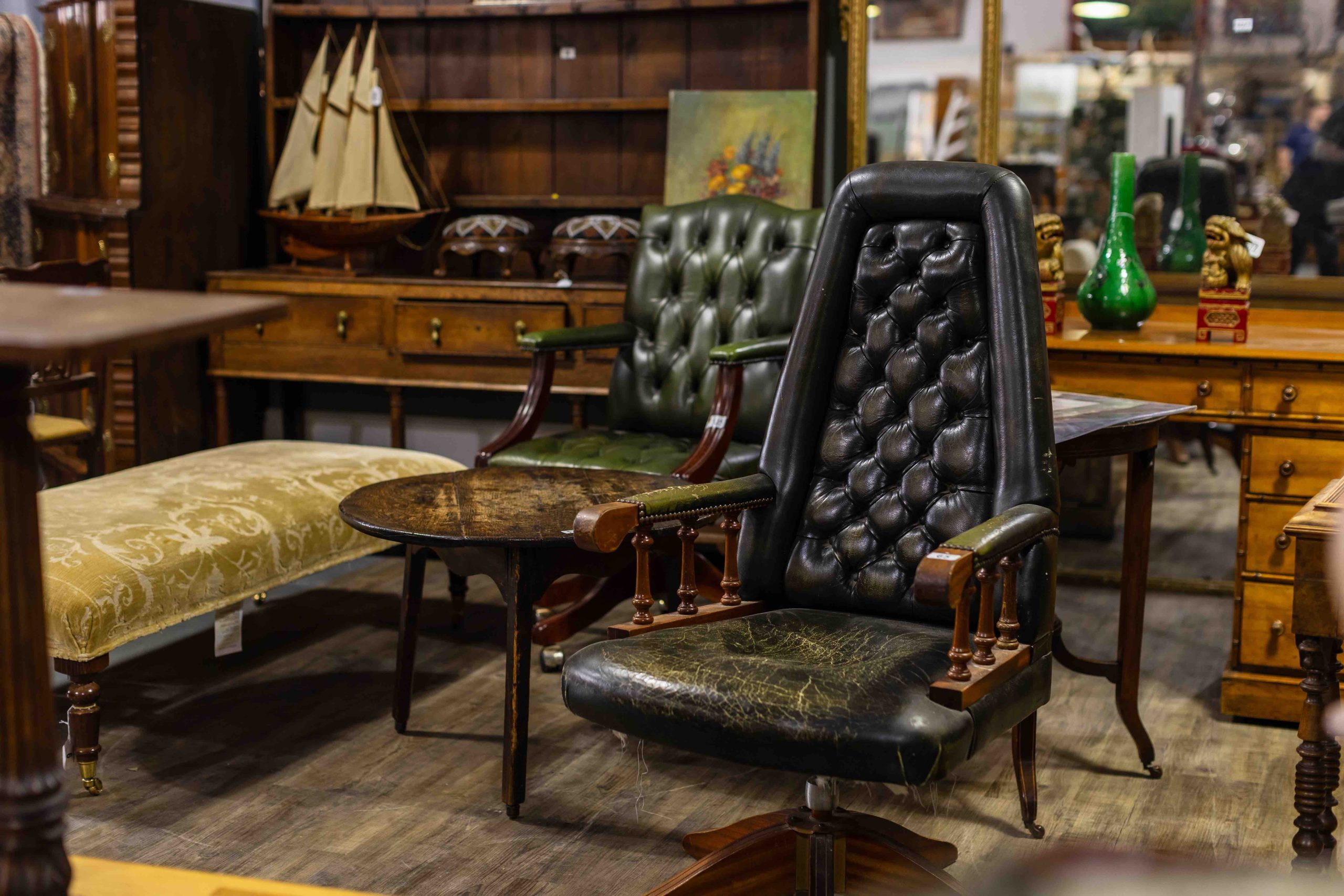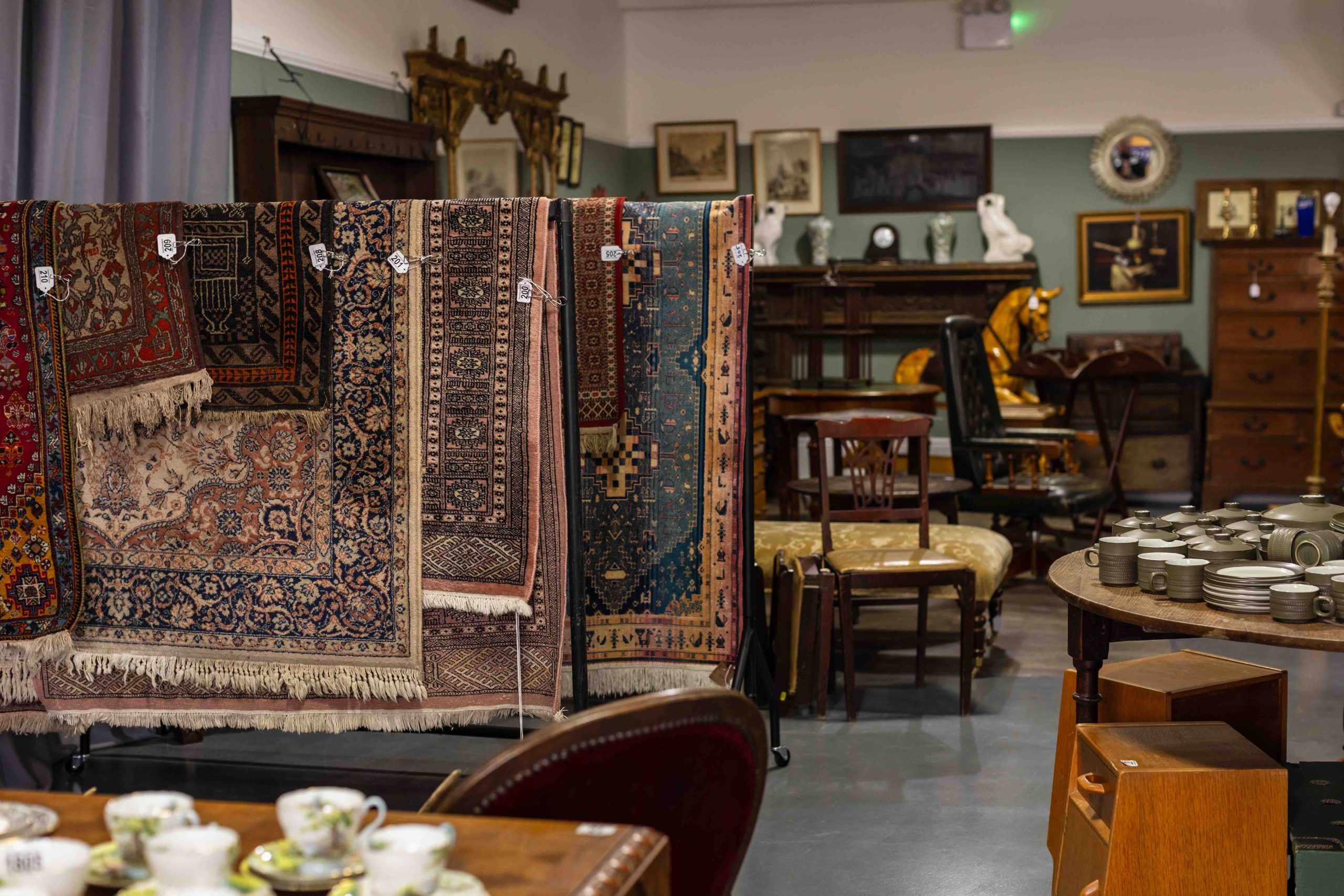Guide to British Ceramics
Collector interest in ceramics has been on the rise over the past few years, which has been reflected in the interest here in the sale room at Churchill Auctioneers. With such a broad range of periods and styles, there is something for every taste and importantly, every budget. To get you started here is our brief guide to British ceramics.
Churchill Auctioneers Guide to British Ceramics
Collecting British ceramics is a fascinating and rewarding hobby that offers a glimpse into the rich history and craftsmanship of British pottery and porcelain. This guide will help you navigate the world of British ceramics, covering key types, notable manufacturers, and essential tips for collectors.
1. Understanding British Ceramics
Types of Ceramics
- Earthenware: Made from clay fired at lower temperatures, it’s often porous and glazed to hold liquids. Examples include Staffordshire pottery.
- Stoneware: Fired at higher temperatures, making it non-porous and durable. Examples include salt-glazed stoneware and Royal Doulton.
- Porcelain: Made from fine kaolin clay and fired at very high temperatures. Known for its translucence and strength. Examples include bone china and hard-paste porcelain.
2. Notable Periods and Styles
18th Century
- Delftware: Tin-glazed earthenware with blue and white designs, inspired by Dutch pottery.
- Creamware: A cream-coloured earthenware developed by Josiah Wedgwood, popular for its durability and affordability.
19th Century
- Transferware: Decorated with transfer printing, allowing for detailed patterns and scenes, often in blue.
- Bone China: Developed by Josiah Spode, combining bone ash with porcelain for strength and whiteness.
20th Century
- Art Deco: Characterised by bold geometric designs and bright colours, seen in pieces by Clarice Cliff.
- Studio Pottery: Unique, handcrafted pieces often made by individual potters like Bernard Leach and Lucie Rie.
3. Notable Manufacturers
Early Pioneers
- Wedgwood: Founded by Josiah Wedgwood in 1759, known for Jasperware and innovative techniques.
- Royal Worcester: Established in 1751, famous for fine porcelain and intricate designs.
19th Century Innovators
- Minton: Known for its fine bone china and decorative tiles.
- Royal Doulton: Renowned for its high-quality stoneware and figurines.
20th Century and Beyond
- Clarice Cliff: Famous for her bold Art Deco designs.
- Lucie Rie: A leading figure in studio pottery, known for her minimalist and modernist ceramics.
4. Identifying Authenticity
Marks and Signatures
- Manufacturer Marks: Most British ceramics have marks on the base indicating the manufacturer and sometimes the date. Reference books and online databases can help identify these marks.
- Artist Signatures: Studio pottery often features the potter’s signature or initials.
Quality and Craftsmanship
- Material and Glaze: Genuine pieces will have high-quality materials and glazes. Look for consistency and attention to detail.
- Wear and Age: Authentic antiques will show signs of age, such as crazing (fine cracks in the glaze) and minor wear.
5. Collecting Tips
Research
- Books and Catalogs: Invest in reference books such as “British Pottery and Porcelain Marks” by Geoffrey A. Godden.
- Online Resources: Use websites like the British Museum and the Victoria and Albert Museum for research and verification.
Buying Locations
- Auctions: Churchill Auctioneers monthly sales are a great starting point, but most auction houses will have a significant range of British ceramics in their general sales. Ensure you understand the bidding process and fees involved.
- Antique Shops and Fairs: Visit reputable antique shops and fairs specialising in ceramics.
- Online Marketplaces: Websites like eBay and Etsy can offer treasures, but ensure you buy from trusted sellers with clear return policies.
Condition and Value
- Check for Damage: Inspect pieces carefully for chips, cracks, and repairs, which can affect value.
- Provenance: Pieces with a well-documented history or from notable collections are often more valuable.
6. Caring for Your Collection
Handling and Cleaning
- Handle with Care: Always handle ceramics by the base, not the rim, to avoid stress on delicate parts.
- Gentle Cleaning: Use a soft cloth and mild detergent. Avoid abrasive cleaners and scrubbers that can damage the surface.
Display and Storage
- Stable Environment: Keep ceramics in a stable environment with consistent temperature and humidity.
- Display Safely: Use secure stands or mounts to prevent tipping and falling.
Conclusion
Collecting British ceramics is a journey through centuries of artistic and cultural history. By understanding the different types, recognising key manufacturers, and following best practices for buying and caring for your pieces, you can build a valuable and enjoyable collection. Happy collecting!
If you are here because you have ceramics to sell please get in touch with our team for free a valuation and discussion of the sale opportunities.


